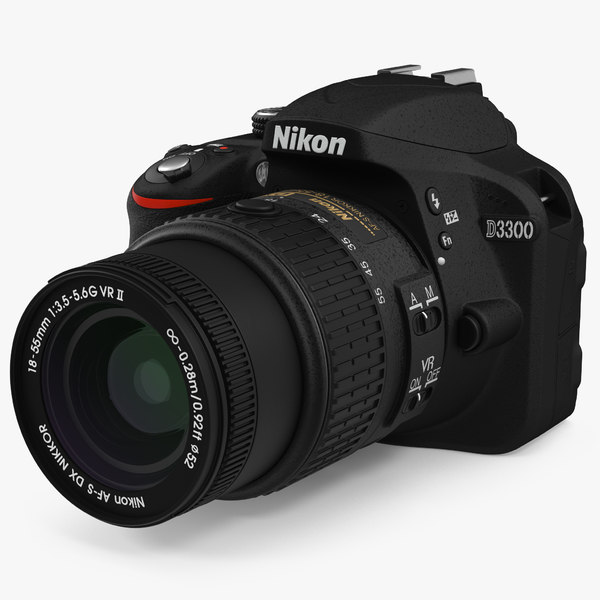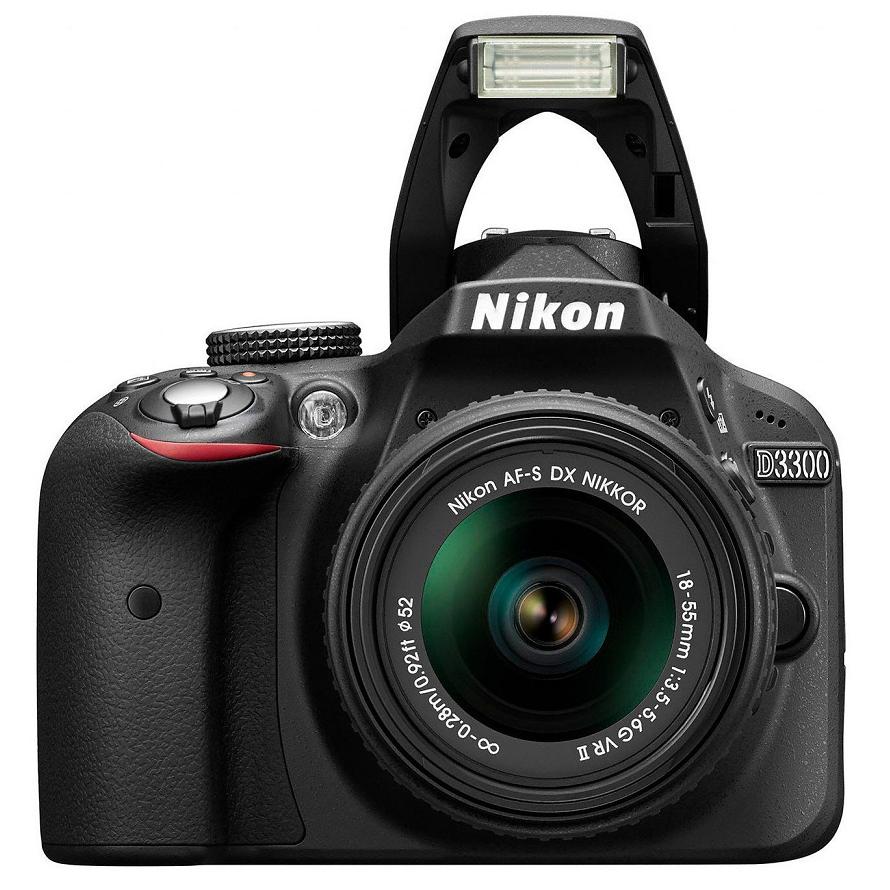

How many of them matter? Depends on your needs. The screen doesn’t flip out, there’s no built-in Wi-Fi, no built-in image stabilisation, no fancy-pants continuous autofocus when using Live Mode. The D3300 isn’t big on extra features, really.

Still, the ‘i’ menu helps, gathering together all of the key settings on one screen for fairly simple tweaking. But the lack of physical controls – and touchscreen – hamper your ability to react to changing conditions. Autofocus is snappy, with 11 focus points to lock on to, while a burst shooting speed of 5fps is not to be sniffed at either. Step away from entry-level use and you might be a little frustrated. It’s a great way to take charge of your photos without having to master photography, and one which we recommend all novices spend some time with. This gives you options such as ‘blurred background’ and ‘freeze motion’ then explains which settings it will need to change in order to achieve the desired effect.
#Nikon d3300 manual
Alright, so the camera has a tendency to fire up the flash at every opportunity, rather than upping the ISO or dropping the shutter speed a little, but if that gets on your nerves there’s a no-flash Auto mode.įor those who want a little more control without doing anything so terrifying as venturing into aperture priority or manual mode, there’s the Guide mode.

Once we’d conquered our innate snapper snobbery, though, we were impressed with the shots we got. We know, because we tried, spending a horribly restricted hour or two with the photographic equivalent of our hands tied behind our back. And if they do that, they’ll get mostly excellent pictures. The D300 is unashamedly an entry-level camera, and many people who buy it will stick it in Auto mode and never try anything more complicated. At ISO 12800 there’s seemingly more noise than pixels, but then again – it’s ISO 12800! The mere thought would have blown your mind 5 years ago. Beyond that, things go downhill relatively quickly, but shots are still perfectly usable unless blown up really big right the way through to ISO 6400. Stick a top-quality prime on it and results should be better still.Ĭolours are vibrant, white balance and metering are well handled and noise is non-existent until ISO 800. It seems to have worked, because there’s a fairly astonishing amount of detail to shots – check out the close-up above of the mouse’s whiskers for evidence of that – and bear in mind that’s with the kit lens. As is currently all the rage with DSLRs, the D3300 has no anti-aliasing filter, which is supposed to make for sharper snaps.

Size-wise, that’s as big as APS-C camera sensors get and it makes it incredibly easy to crop into pictures without losing quality. The D3300 is capable of taking quite beautiful pictures, thanks in no small part to its 24.2MP CMOS sensor. But if you’re after a camera you might grow with, experiment with, you might find it frustrating.Īh, now we’re talking. Fair enough – it’s an entry-level camera, and most people will just stick it in Auto and snap away happily. So, no dedicated ISO button, let alone white balance, metering or autofocus mode. And other than the various menu and info buttons, that’s about it. So what do you get? One jog-dial, exposure compensation, Live View, record button, drive mode and a customisable function button. Presumably that’s a deliberate move on Nikon’s part, to make it less daunting for beginners, but the result is that it’s quite difficult to actually make changes on the fly. Unfortunately, it’s nowhere near as nice to operate, with a major shortage of useful controls. The body is solid, if rather plasticky, and feels nice in the hand. So while it’s no smaller than most kit lenses when you’re snapping away, it’s considerably more compact when stowed in a bag. In something of a genius move, the 18-55mm VR II lens is retractable: when not in use it assumes a super-compact form, which then extends when you’re ready to shoot. But the Nikon does have one major trick up its sleeve when it comes to size – in the form of its kit lens.


 0 kommentar(er)
0 kommentar(er)
